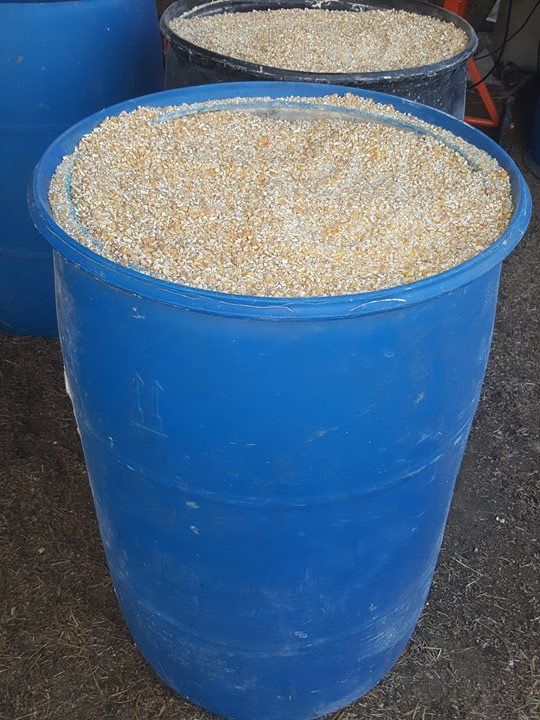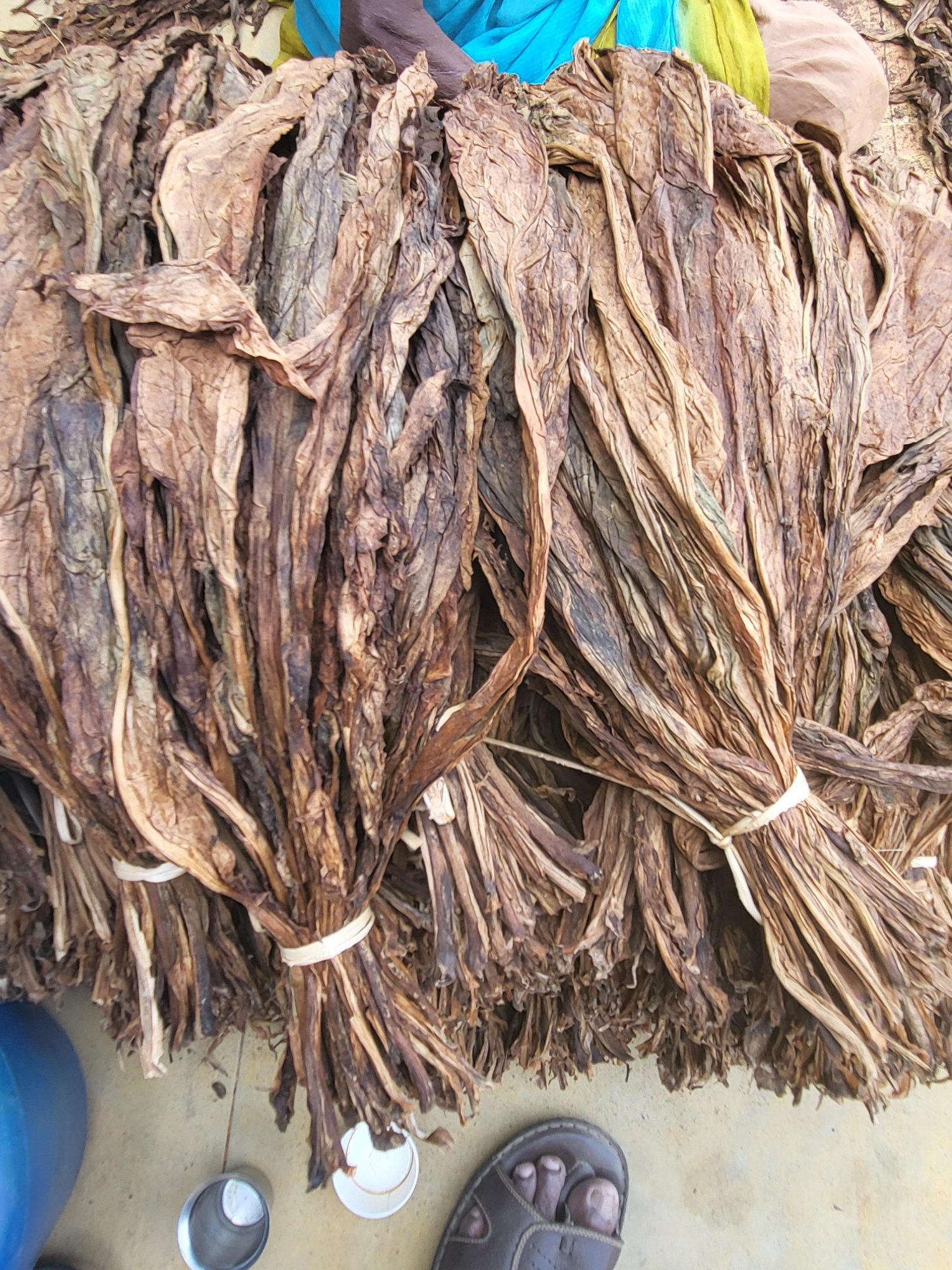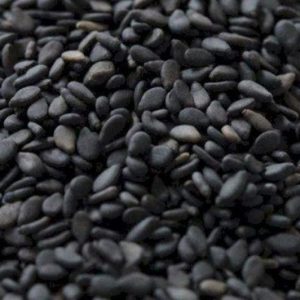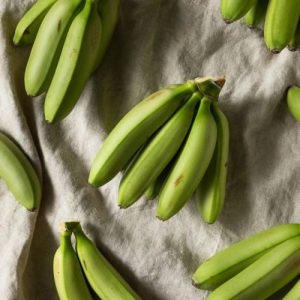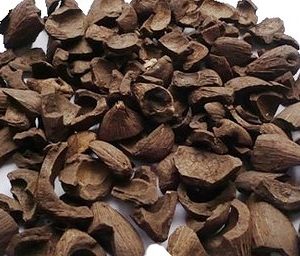Description
Tobacco Specifications:
1. Types of Tobacco:
- Flue-Cured Tobacco: Commonly used in cigarettes, known for its bright yellow color and mild flavor.
- Burley Tobacco: Used in various tobacco products; characterized by its light color and neutral taste.
- Dark Air-Cured Tobacco: Often used for cigars and specialty products; has a richer flavor profile.
- Oriental Tobacco: Used primarily for cigarettes; known for its aromatic properties.
2. Physical Characteristics:
- Appearance: Leafy structure, varies in color from green to brown depending on the type and curing process.
- Moisture Content:
- Range: 10% to 15%.
- Essential for maintaining quality and preventing spoilage.
- Size and Cut:
- Leaves can be whole, shredded, or cut into specific sizes for different products.
3. Chemical Composition:
- Nicotine Content:
- Flue-Cured: 1.0% to 3.0%.
- Burley: 1.5% to 4.0%.
- Oriental: 0.5% to 2.0%.
- Total Sugars:
- Range: 10% to 30%.
- Sugars influence flavor and combustion characteristics.
- pH Level:
- Range: 5.0 to 7.0.
- Affects the overall taste and acidity of the tobacco.
4. Ash Content:
- Maximum: ≤ 5%.
- Indicates the purity and quality of the tobacco.
5. Flavors and Aromatics:
- Various types of tobacco may have specific flavor profiles depending on their origin, curing methods, and additives used in processing.
6. Packaging:
- Type: Typically packaged in bulk for production or in retail packs (cigarettes, cigars, loose tobacco).
- Material: Use of food-grade materials to maintain freshness and prevent contamination.
7. Storage Conditions:
- Temperature: Store in a cool, dry place, ideally between 15°C and 20°C.
- Humidity: Maintain humidity levels of 60% to 70% to preserve moisture content and flavor.
8. Applications:
- Cigarettes: The primary use of tobacco.
- Cigars: High-quality tobacco leaves used for rolling.
- Pipe Tobacco: Specialty blends for pipe smoking.
- Snuff and Chewing Tobacco: Processed forms for oral consumption.
9. Quality Grades:
- Tobacco is often graded based on color, leaf size, texture, and overall quality, influencing its market value.
10. Regulatory Compliance:
- Food Safety Standards: Must comply with local and international regulations concerning tobacco products (e.g., FDA regulations in the U.S.).
- Labeling Requirements: Adhere to legal requirements for health warnings and content disclosures on packaging.
11. Nutritional Value (per 100g):
- Calories: Approximately 300 to 400 kcal (calories can vary significantly based on the product).
- Nicotine: Varies based on tobacco type, as mentioned above.
- Other Constituents: Contains various other compounds, including carbohydrates and proteins in trace amounts.
Tobacco specifications can vary widely depending on the type, origin, and intended use. Understanding these specifications is crucial for growers, manufacturers, and consumers to ensure quality, compliance, and safety in tobacco products. Proper handling and storage conditions are essential to maintain the integrity and flavor profile of tobacco throughout its lifecycle.

